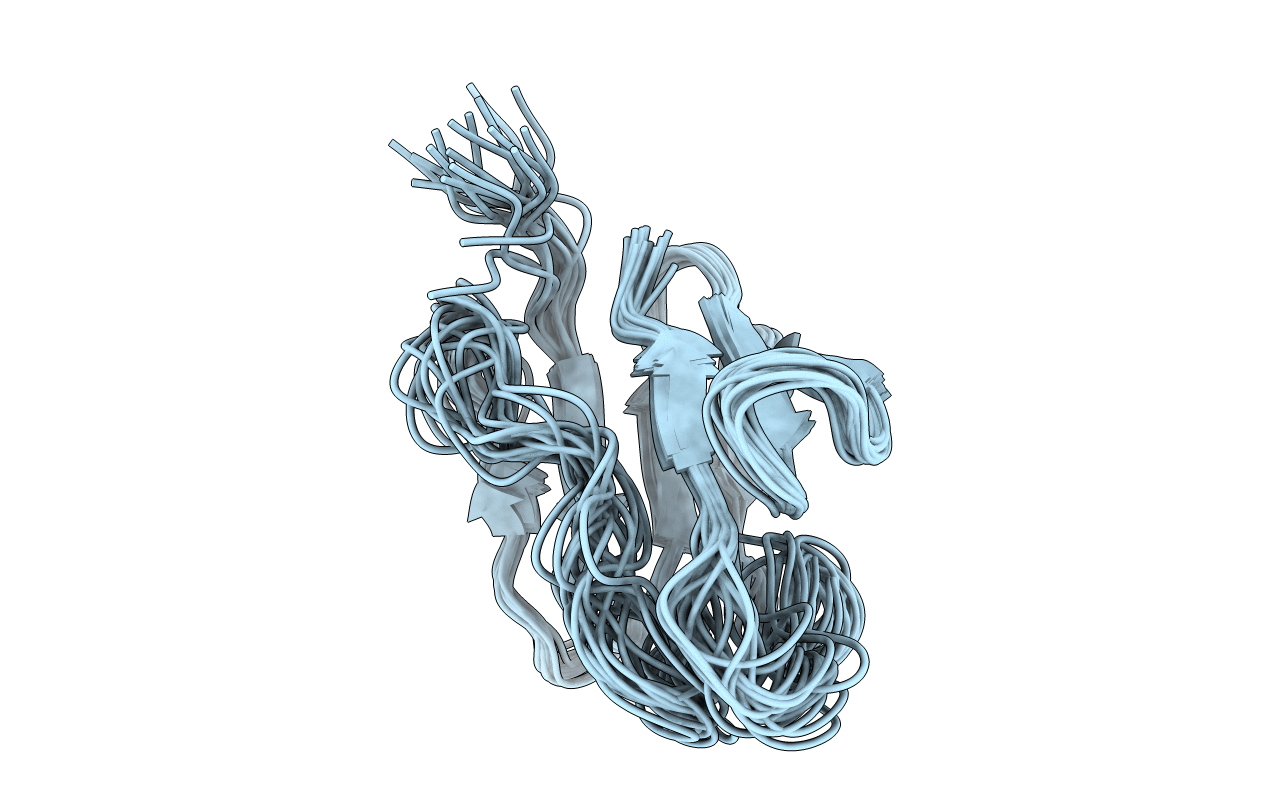
Deposition Date
2008-03-17
Release Date
2009-01-27
Last Version Date
2024-05-29
Entry Detail
PDB ID:
2K1X
Keywords:
Title:
NMR solution structure of M-crystallin in calcium free form (apo).
Biological Source:
Source Organism:
Methanosarcina acetivorans (Taxon ID: )
Host Organism:
Method Details:
Experimental Method:
Conformers Calculated:
400
Conformers Submitted:
20
Selection Criteria:
target function


